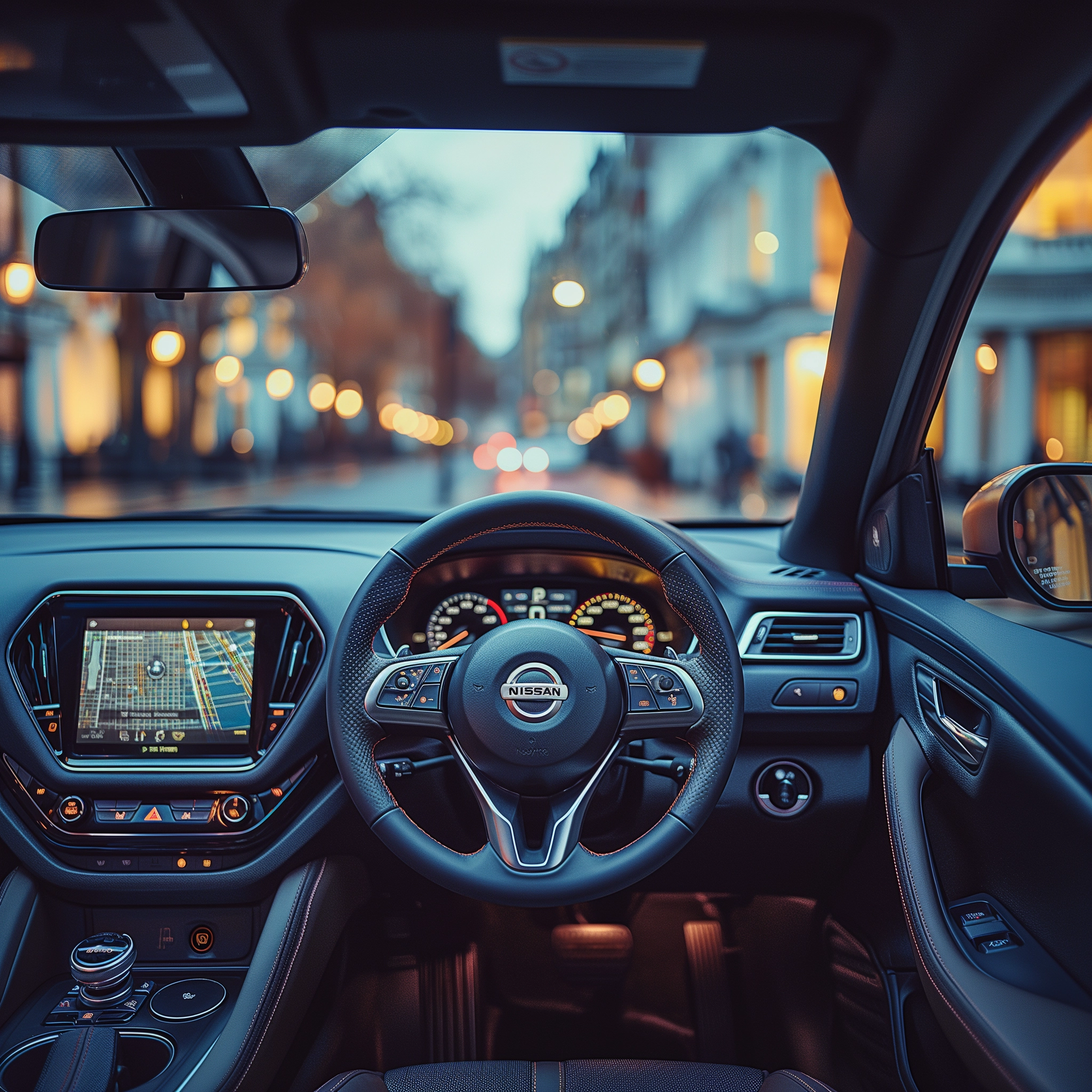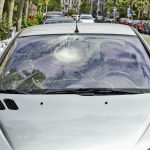In the realm of family road safety, the primary concern for any car owner, especially those shouldering the responsibility of family well-being, revolves around ensuring the utmost protection for all occupants. The significance of having a vehicle equipped with state-of-the-art safety features cannot be overstated, particularly when safeguarding our loved ones.
This comprehensive guide aims to unpack the essential car safety features that are indispensable for family cars, focusing initially on fundamental protection and collision mitigation.
Fundamental Protection

The cornerstone of vehicle safety lies in fundamental protection features. These are the non-negotiable elements that form the basis of any safe family car. At the heart of this is the vehicle’s safety rating, a crucial indicator of its ability to protect occupants in the event of an accident.
Safety ratings, provided by reputable organisations such as Euro NCAP (European New Car Assessment Programme), offer an objective assessment of a car’s safety performance, encompassing aspects from crash test results to the effectiveness of installed safety systems.
Driver-assistance technology significantly enhances family well-being on the road. Systems such as Automatic Emergency Braking (AEB) and Electronic Stability Control (ESC) are no longer luxury add-ons but fundamental necessities. AEB systems work by detecting an impending collision with another vehicle or obstacle and automatically applying the brakes if the driver fails to respond in time. This can dramatically reduce the severity of accidents or prevent them altogether. Similarly, ESC helps maintain control of the car during skidding, significantly reducing the risk of rollovers or loss of control in slippery conditions.
Collision Mitigation
Moving beyond the foundational aspects of safety, collision mitigation technologies represent the next level of vehicular safety innovation. These features are designed to proactively prevent accidents or lessen their impact should they occur. Advanced sensor technologies play a pivotal role in this domain, employing radars, cameras, and other sensing mechanisms to monitor the vehicle’s surroundings continuously.
Automatic braking systems are perhaps the most recognised form of collision mitigation technology. By automatically applying the brakes when a potential collision is detected, these systems can significantly reduce the impact force of a crash or avoid it entirely. The integration of such systems has been shown to reduce rear-end collisions, one of the most common types of accidents on the road.
Another vital component of collision mitigation is the incorporation of advanced driver assistance systems (ADAS), such as forward-collision warnings (FCW). FCW systems alert drivers to potential collisions with vehicles ahead, providing crucial reaction time that can prevent an accident. These alerts can be visual, auditory, or haptic (e.g., steering wheel or seat vibrations), ensuring that the driver receives the warning through whichever sense is most likely to elicit a quick response.
Occupant Restraint
Occupant restraint systems are designed to keep passengers securely in place, significantly reducing the risk of injury in the event of a collision. The most fundamental of these systems is the seat belt, an invention that has saved countless lives since its introduction. Modern advancements in seat belt technology, such as pretensioners that tighten the seat belt in anticipation of a crash and load limiters that allow some give in the belt to reduce the force on the passenger’s body, further enhancing safety.
Airbag systems work in tandem with seat belts to provide comprehensive protection for occupants. Today’s vehicles are equipped with a complex array of airbags, including front, side, curtain, and even knee airbags, each designed to deploy in specific types of crashes to provide targeted protection. The sophistication of these systems has grown to include advanced sensors that adjust the deployment force based on the severity of the crash and the size of the occupant, minimising potential injuries from the airbag itself.
Child Safety Priority

When it comes to family travel, the safety of child occupants is paramount. Vehicles are now equipped with features specifically designed to protect our youngest passengers. ISOFIX/LATCH points for child seats are a standard provision, offering a secure and easy-to-use system for installing child restraints. These anchor points are a significant advancement over the previous reliance on seat belts alone to secure child seats, reducing the risk of incorrect installation and enhancing protection.
Child-proof locks and seat reminders are additional features that prioritise child safety. Child-proof locks prevent the rear doors from being opened from the inside, a simple yet effective measure to ensure children cannot accidentally open doors while the vehicle is in motion. Seat reminders, on the other hand, alert drivers if a child’s seat is not properly secured or if a child has been left in the vehicle, addressing critical safety concerns.
Enhanced Stability & Control
Enhanced vehicle stability and control systems have become increasingly sophisticated, offering drivers unprecedented assistance in maintaining control of their vehicles in challenging conditions. Electronic Stability Control (ESC) is now a standard feature in family cars, detecting and reducing loss of traction (skidding) by automatically applying the brakes to individual wheels, helping the driver to maintain control in slippery conditions or during sudden manoeuvres.
Anti-lock Braking Systems (ABS) prevent the wheels from locking up during braking, ensuring that the driver maintains steering control during an emergency stop. This is especially important in slippery conditions, where wheel lock-up can lead to uncontrolled skidding. The integration of ESC and ABS, along with traction control systems, provides a robust suite of technologies that keep the vehicle stable and controllable, even in adverse conditions.
Visibility & Awareness
A critical factor in preventing accidents is ensuring that drivers have a clear view of their surroundings and are aware of potential hazards. This is where advancements in visibility and awareness technologies come into play.
Rear-view cameras are now standard in many vehicles, offering a clear view of the area behind the car, significantly reducing the risk of backing into obstacles or, more critically, people. Blind-spot detection systems alert drivers to vehicles in their blind spots, areas that are notoriously difficult to check effectively using mirrors alone.
Furthermore, LED lighting technology has revolutionised vehicle visibility, providing brighter, more efficient lighting for driving at night or in low-light conditions. These features collectively enhance a driver’s ability to perceive and react to potential hazards, thereby preventing accidents.
Driver Support

Driver support technologies have seen substantial advancements, aiming to augment human capabilities and address limitations. Adaptive cruise control, for example, automatically adjusts the vehicle’s speed to maintain a safe distance from the car ahead, alleviating the driver’s workload during long trips or in heavy traffic.
Lane-keeping aids are designed to prevent unintentional lane departures, a common cause of accidents, by providing steering assistance or alerts when the vehicle begins to drift out of its lane. Pedestrian detection systems further enhance safety by identifying individuals who might step into the vehicle’s path, providing warnings, or automatically applying brakes to avoid a collision. These technologies provide a safety net, supporting drivers in their decision-making and reactions, especially in situations where human error is more likely.
Vehicle Durability
The structural integrity of a vehicle plays a crucial role in protecting occupants in the event of a crash. Modern cars are designed with crumple zones that absorb and dissipate crash energy, preventing it from being transferred to the occupants. Reinforced safety cages protect the passenger compartment, ensuring it remains intact during collisions.
These features, derived from rigorous testing and engineering innovations, ensure that vehicles are not only equipped to prevent accidents but also built to safeguard passengers when collisions occur.
Immediate Response Capabilities
Finally, the integration of immediate response capabilities in vehicles offers a lifeline in the critical moments following an accident. Automatic emergency response features, such as SOS buttons and automatic crash notification systems, provide swift assistance when needed. These systems can automatically alert emergency services in the event of a serious accident, providing them with the vehicle’s location and potentially critical information about the incident. This immediate line of communication ensures that assistance is on the way as quickly as possible, a crucial factor in emergency situations where every second counts.
Informed Choices & Usage

Making informed choices about car safety features and their proper usage is crucial for ensuring family safety on the road. Educating oneself about the functionalities and limitations of technologies like automatic braking systems, lane-keeping aids, and child safety locks is essential.
Understanding how to effectively use these features can significantly enhance vehicle safety. It’s vital for car owners to engage with detailed manuals, participate in safety workshops, and stay updated with the latest automotive safety advancements to protect their loved ones.
Wrapping Up
It’s clear that prioritising car safety features is essential for protecting our families on every journey. From fundamental protection to advanced driver assistance systems, understanding and utilising these technologies can make all the difference.
By making informed choices and committing to continuous education on safety features, we ensure that our vehicles are not just modes of transportation but guardians on the road. Let’s embrace these innovations, for they hold the key to safer travels and the well-being of our loved ones.









































